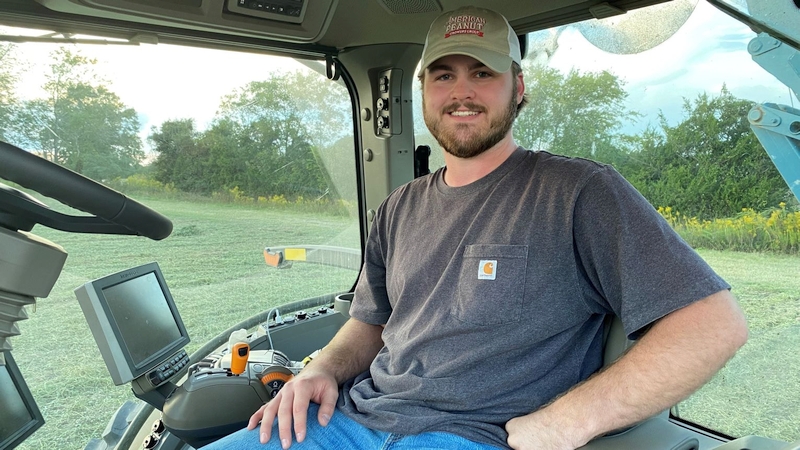Know the Where and When of Irrigation
From Cotton Grower Magazine – May/June 2017
Adequate soil moisture in most parts of the Cotton Belt – plus an early, warm spring – have helped growers outside of Coastal and South Texas to move planting forward a bit this year. In fact, USDA estimated that 80% of the U.S. crop was already in the ground by the end of May.
Although heavy rains and cooler temperatures have slowed field progress in some geographies, it won’t be long before extra water will be needed on young cotton. According to Dr. Brian Leib, irrigation specialist with the University of Tennessee Biosystems Engineering and Soil Sciences department, it’s not only the amount of water added to the crop. It’s also when.
That’s where soil sensors play a key role.
In a Focus on Cotton webcast titled “Selection and Use of Sensors for Cotton Irrigation Management in Humid Regions,” Leib highlights the research conducted over several years by Cotton Incorporated and by Leib and his colleagues at other Cotton Belt universities. One of his points of reference is a three-year study in West Tennessee on three different mixed soils with different water holding capacities.
Results showed that yields without irrigation varied drastically from soil type to soil type. The sandiest soil yielded about 400 pounds per acre of lint, silt loam with sand produced about 800 pounds per acre, and deep silt loam provide 1,200 pounds per acre. With irrigation, yields in the sandiest soil increased by 800 pounds per acre, by 600 pounds in the intermediate soil, and by 300 pounds in the best soil.
“We know we increase yield by increasing water,” said Leib. “Even though the amounts of water added during those three years of the study helped optimize yield, what wasn’t shown is when that water was applied. If we’re going to respond to different soil types and different weather conditions each year, I think to we need to look at tools to help us optimize cotton irrigation.”
Based on the research findings, growers looking to add soil sensors to their irrigated fields should keep several things in mind:
- Sensor location should be easily accessible, but placed far enough into the field to avoid an edge effect and multiple planting passes. In addition, the sensors should be located in cotton rows that avoid damage from field operations, such as spraying and side dressing.
- In fields with center pivots, avoid placing sensors in areas of poor application uniformity (near the pivot point, end-gun, and wheel tracks). Instead, put sensors near the outer spans where there is greater potential for run-off and less water is likely to infiltrate the soil due to the high irrigation application rates in this region.
- In furrow irrigation, place sensors in the head of the field (where water enters) and bottom quarters of the field (where water exits) to determine the uniformity of irrigation across the field. Once that’s determined, a sensor can also be added at or just past mid-furrow to help determine irrigation scheduling.
- Although subsurface drip irrigated fields should be designed with high uniformity across drip lines, be sure to avoid low areas that the drip lines drain to when the system is turned off and areas near connections that can potentially leak.
More detailed information about sensor placement and monitoring is also offered in the webcast presentation.








